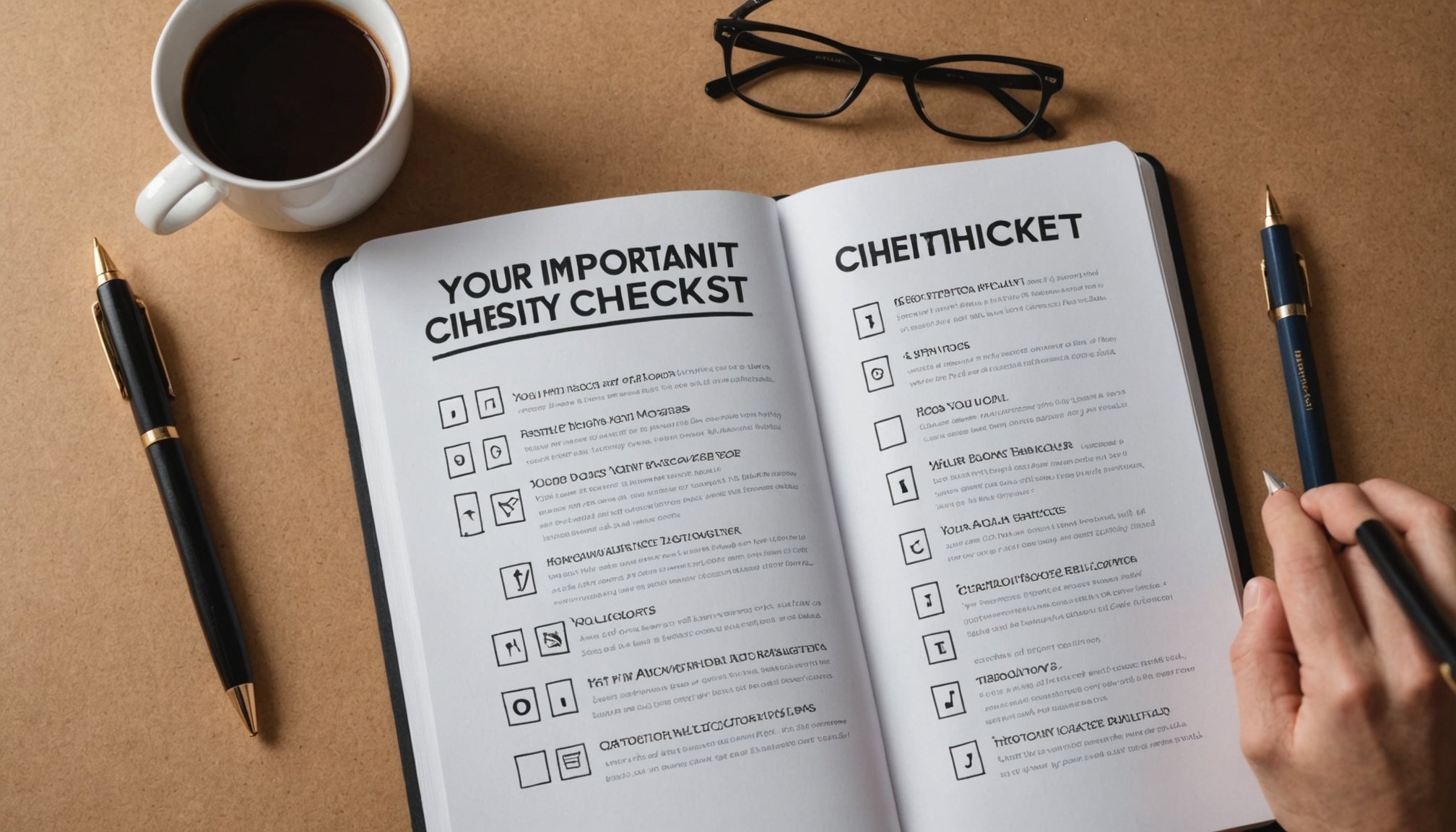Feeling overwhelmed by anxiety can be isolating. This essential checklist offers 93 practical steps to help you identify your symptoms and seek the relief you deserve. From recognizing different anxiety triggers to accessing vital resources, these steps guide you toward understanding your mental health better. Empower yourself with actionable strategies designed to bring clarity and support to your journey toward wellbeing.
Understanding Anxiety and Its Symptoms
Anxiety is a complex emotional state, often characterized by a combination of physical symptoms such as increased heart rate, sweating, and dizziness, along with mental manifestations like excessive worry and fear. Recognizing these symptoms through tools such as the anxiety symptoms checklist is vital for effective management. It’s important for individuals to be proactive in identifying these signs to address emotional distress early, which can lead to better outcomes over time.
Dans le meme genre : The psychology behind your everyday choices explained
Gender and age can significantly influence anxiety presentation. Women, for instance, may experience heightened emotional responses, whereas men might encounter more aggressive behavior. Understanding the nuances in symptoms can guide more tailored self-care strategies. Tools like the GAD-7 assessment play a crucial role in evaluating anxiety levels, aiding in pinpointing the severity of the condition.
For easy navigation through a multitude of resources, including checklists and guiding tools like the “Fearless Living Book,” visit Quick access here. This invaluable tool serves as a part of comprehensive self-help strategies to manage and alleviate anxiety symptoms, further supporting structured approaches to treatment.
Avez-vous vu cela : How to Develop a Routine for Optimal Dental Health?
Practical Tools for Anxiety Assessment
Comprehensive Anxiety Checklists and Forms
Addressing anxiety effectively begins with understanding it, and anxiety checklists provide a structured way to achieve this. Resources such as the printable anxiety checklist are designed to guide individuals in assessing symptoms, while tools like the GAD-7 assessment tool offer insights into the severity of generalized anxiety disorder. For more personalized evaluations, anxiety self-assessment forms help identify triggers and symptoms. These checklists serve not only individuals but also guidance for healthcare professionals to initiate conversations about mental health.
Utilizing Online Assessments for Accurate Insight
Online anxiety assessments offer convenience and accessibility, enabling individuals to understand their mental health landscape from the comfort of their homes. Tools such as the PHQ-9 evaluation form, combined with the daily anxiety management checklist, provide a comprehensive approach to monitoring and managing symptoms. While these assessments offer valuable insights, it’s crucial to view them as preliminary steps, ideally followed by professional consultation for comprehensive understanding and support.
Tailored Checklists for Different Audiences
Recognizing that anxiety manifests differently across age groups, tailored tools such as the anxiety questionnaire for children and anxiety checklist for students help specific audiences address their unique challenges. For educators, an anxiety checklist for teachers can serve as a resource to identify students in need of support, ensuring mental health remains a priority in educational settings. These targeted checklists underscore the importance of a customized approach in managing anxiety effectively.
Strategies for Managing Anxiety
Effective Daily Management Techniques
Tools for Anxiety Management can make a significant difference when incorporated into daily routines. A daily anxiety management checklist can guide individuals by providing structure and focus. Such a checklist might include staying physically active, practicing mindfulness exercises such as deep breathing, and ensuring adequate sleep each night. These steps can help to mitigate anxiety symptoms and promote emotional balance.
Self-Care Approaches to Reduce Anxiety
Self-care strategies for anxiety emphasize nurturing the mind and body. Activities such as journaling can offer an outlet for emotional expression, while regular social interactions can provide support and reassurance. Focusing on a balanced diet rich in nutrients can also have a calming effect, as can dedicating time to hobbies or interests. These practices work to reinforce personal resilience and improve overall well-being.
Cognitive-Behavioral Techniques and Their Benefits
Cognitive-behavioral strategies for anxiety involve reframing negative thought patterns and developing coping mechanisms. Techniques such as exposure therapy can help individuals face their fears in a controlled and gradual manner. Meanwhile, cognitive restructuring aims at identifying and altering distorted thinking patterns, leading to more positive outcomes in daily life. These approaches are effective tools in anxiety management, fostering a more tranquil mindset.











